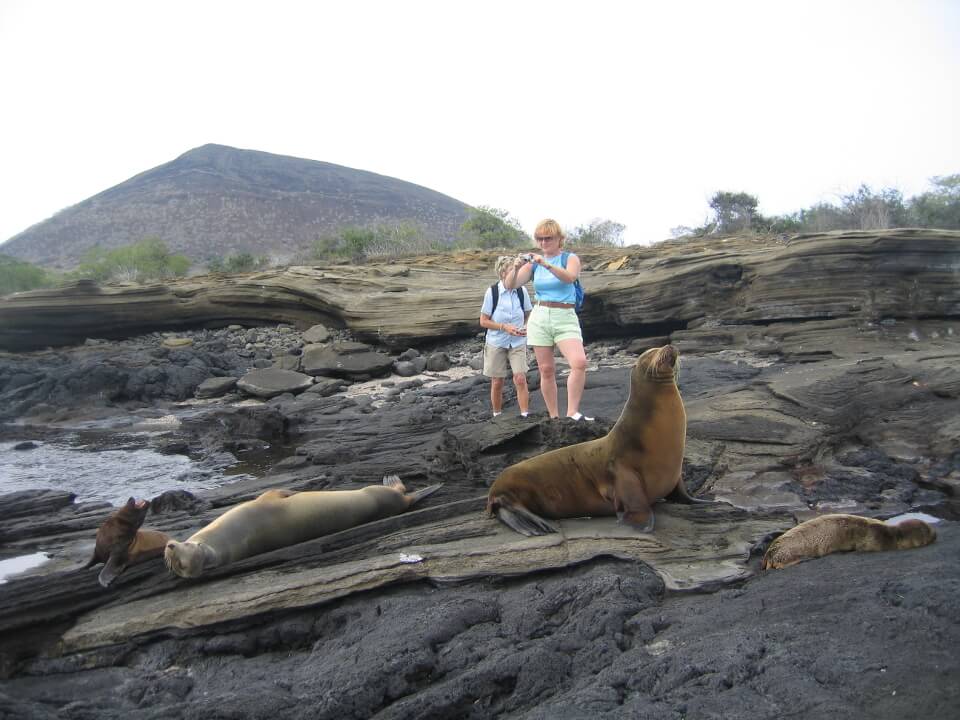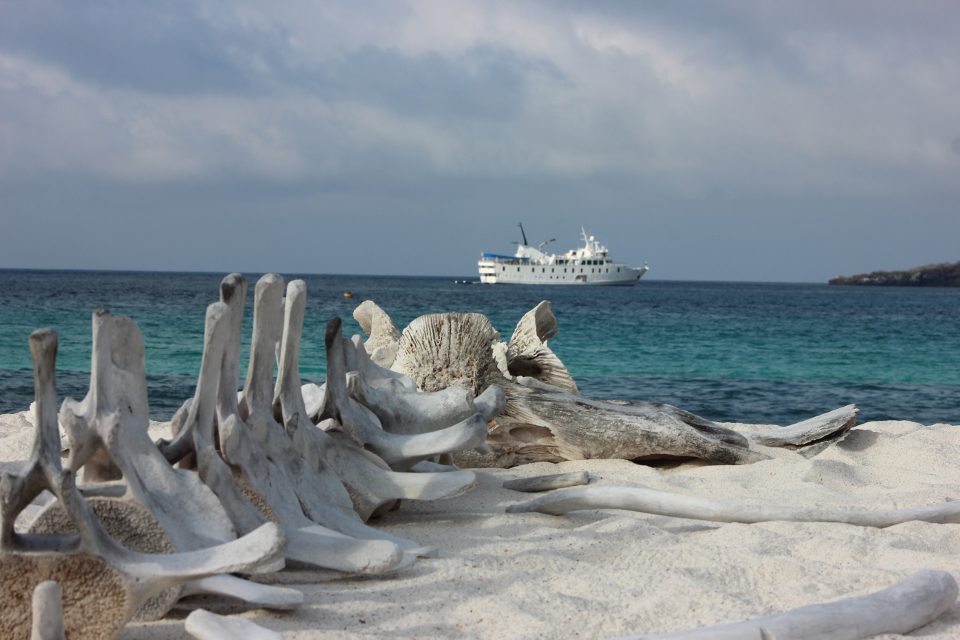The Galapagos Islands are world-renowned as a living laboratory of evolution, home to remarkably unique and beautifully adapted endemic species that inhabit only a few hundred square meters of the world. While the majority of the natural world has been altered beyond recognition, the Galapagos Archipelago has maintained over the years an impressive 95% of its original biodiversity; however, what makes the islands so special is also what makes them so fragile. The Galapagos National Park has implemented a series of rules to ensure that all outside impact is reduced to a minimum and the archipelago maintains its stunning natural conditions. The best way to acknowledge this success story is by simply understanding that the Galapagos Islands is the best-preserved archipelago on Planet Earth, and that, unfortunately, most other archipelagos have lost their original biodiversity due to the presence of man. Know about the importance of the Galapagos laws.
TALK TO A DESTINATION EXPERT

Diego Zapata

Rosa Mena

Sandy Lara

Diego Zapata

Rosa Mena

Sandy Lara
History of Galapagos laws
The Galapagos Islands are spectacularly unique largely because of their isolation, but as our world constantly becomes smaller, so are the islands becoming more exposed to the outside world, placing increasing stress on their delicate ecosystem. In 2007, the Ecuadorian President, Rafael Correa, declared the archipelago to be “at-risk” shortly after an assessment property visit by the United Nations delegation. As a result, the protection of the archipelago was made a national priority and the Galapagos Islands were added to the List of World Heritage Sites in Danger. Following this, stricter Galapagos laws were implemented on the islands, which included the restriction of tourism permits, the return of individuals with irregular residency to the Ecuadorian mainland, the creation of a plan to control the spread of invasive species, educational reform and ensuring sustainable business practices (park Galapagos laws had existed previously but they were not as strict or effective).
As a result of this visit, five key areas were identified as requiring urgent attention:
- Control of immigration and residency
- Prevention and control of invasive species
- Increased accountability, transparency and efficiency in governance and regional planning
- Elimination of illegal fishing and measures to make legal fishing more sustainable
- Measures to develop local capacity through improved education
Tourists and the park work together

Since 2007, significant progress has been made in the archipelago to strengthen the ecosystem and its ability to rebound; however, with tourism generating US$ 418M annually, it continues to be one of the main factors contributing to the deterioration of inhabited islands and human population growth, requiring ever more infrastructure and resources. As a result of this, tourists are encouraged to work with the park to preserve its current state. It is a delicate balance, but it must be kept as a strong venue for holding the essence of what the Galapagos Islands represent.
A series of Galapagos laws have been implemented for all tourists that visit the islands, which, in general, ask for the same amount of respect as a museum does: flash photography is not permitted, no artifacts (a.k.a. Galapagos wildlife, natural objects, etc) may be removed from the exhibit, no littering or smoking, do not go beyond the museum barriers (off the path) and no tampering with museum artifacts (this list is not comprehensive). In essence, we are meant to observe this precious ecosystem as if it were behind glass within a controlled environment; however, one of the greatest wonders of the islands is the fact that they are not behind glass. Visitors are able to hear the bark of the sea lions, smell the salty sea air, feel the sun’s rays and gawk at the giant tortoises – at one with the park while practicing the “leave-no-trace” policy. In this sense, park officials are placing a huge amount of trust in visitors to abide by this policy. It is hard at times for most visitors to realize the wildlife they are witnessing does not belong to a domestic behavioral pattern, and that animals are “in the wild”.
The effect of “no tampering”
Nevertheless, the “no tampering” law has some interesting effects. There are very few scavengers in the Galapagos Islands, the most prominent being the Galapagos hawk and the sally lightfoot crab; consequently, when animals die from natural causes (not predation), the bodies are rarely consumed and are simply left alone. Animal carcasses are rarely seen, but many visitors are shocked to see them either way. Be aware that the carcasses are not removed so that we do not alter any natural processes in the islands. The idea here is not to keep the islands dirty and unfriendly looking, but rather as natural as they can be, or at least with no human interference whatsoever.
On the other hand, if an animal is severely injured by natural causes, we are not allowed to help it. In accordance with the Galapagos laws, neither park officials, residents nor visitors can interfere with this process, and the animal must be left to complete the natural cycle of life. For example, if a sea lion escapes a shark attack but suffers serious injuries, it will simply crawl to a hiding place to die. This can be difficult for many visitors to see, but it is important to keep in mind that these are natural processes, and interfering will put an unneeded “human touch” to the islands’ integrity. Natural selection processes must be left alone in order to understand why & how, over the years, the Galapagos archipelago is still considered a natural observatory of evolution.

Javier Garcia

Eduardo Silva

Carolina Escobar
START PLANNING YOUR TRIP

Javier Garcia

Eduardo Silva

Carolina Escobar
Get in touch for more
CONTACT US
Be sure to familiarize yourself with the Galapagos laws before visiting the islands to help us protect their pristine state. Don’t be afraid of the concept of “rules for visiting”; just consider this subject a mere insurance policy for maintaining the pristine environments and habitats of the islands. Protecting this natural life is a comprehensive effort and requires us all to chip in!
Blog Reviewed & Edited by: Francisco Dousdebés
All Images & Video Footage: Francisco Dousdebés



